Of all 12 classes available in Baldur’s Gate 3, perhaps none are as flexible as the Fighter. Walking into this class means you’re going to be the group’s weapon burst option. Choosing the correct race for this class is difficult enough. But, when you sit down and choose ability scores, that can be even harder! So much complexity for a class whose goal is going to be “walk up and attack.” Let’s simplify things a bit.
The Fighter has three unique directions that you can consider in Baldur’s Gate 3: Strength Fighter, Dexterity Fighter, and Eldritch Knight Fighter. While Strength and Dexterity are very open and can be used for the Fighter’s two main subclasses, Eldritch Knight requires some relatively specific dedication.
Best race for the Fighter in BG3
Our favorite generic race for Fighter in Baldur’s Gate 3 is the Half-Orc. The Half-Orc gives you survivability with Relentless and damage for Savage Attacks. If you’re planning on choosing the Champion subclass, you can’t go wrong with it. That all said, almost any race can make a fantastic fighter due to the clean-slate approach that BG3 has with the class.
Half-Orcs’ bonus damage, Darkvision, and Relentless are a killer combo for anyone looking to make a Champion that shreds health bars. When multiclassed with a Barbarian, you’ll have a build that blows people up and can’t be put down easily.
Related: Baldur’s Gate 3: Best multiclass builds in BG3, ranked
However, most races in the game have inherent synergies with the Fighter that shouldn’t be ignored. Here are some of our favorites:
- Gnomes cover the Fighter’s most prevalent weakness: their Mental saves. Deep Gnomes come with large range on their Darkvision, while Rock and Forest Gnomes each bring some unique out-of-combat potential. However, their slow movement speed makes them more likely to pick up a bow than a greatsword.
- Dragonborn cover a big hole in the Fighter’s toolkit: Area of effect. With Dragon Breath, the Fighter has something to do if they get attacked by a bunch of small creatures at once.
- Githyanki, despite wasting a fantastic group of Weapon and Armor proficiencies, can use their Ancestral Knowledge and Githyanki Psionics to bring the Fighter some much-needed out-of-combat utility.
- Similar to the Gith, Tieflings provide utility in a cantrip as well as Darkvision access and Fire Resistance. Trust us—you will regularly explode in BG3, so having resistance to fire comes up more often than you might think. We recommend Mephistopheles for this role, as Mage Hand can break this game when used creatively.
- High Elves can offer a cantrip to either give the Fighter out-of-combat utility or a valid ranged option, like Firebolt. Wood Elves give the increased movement speed a Greatsword-swinging Fighter needs to get to the frontlines and swing for the hills.
Best Ability Scores for the Fighter in BG3
The Fighter should be prepared for most roles with a setup of Strength 16, Dexterity 14, Constitution 16, Intelligence eight, Wisdom 10, and Charisma 10. However, a Strength-based Fighter who is not afraid to throw weapons instead of using a bow can instead have Dexterity 10 and Wisdom 14.
A Dexterity-Based Fighter should instead have Strength 10, Dexterity 16, Constitution 16, Intelligence eight, Wisdom 14, and Charisma 10. Finally, an Eldritch Knight should have either Strength or Dexterity 16, the other eight, Constitution 14, Intelligence 16, Wisdom 12, and Charisma eight.
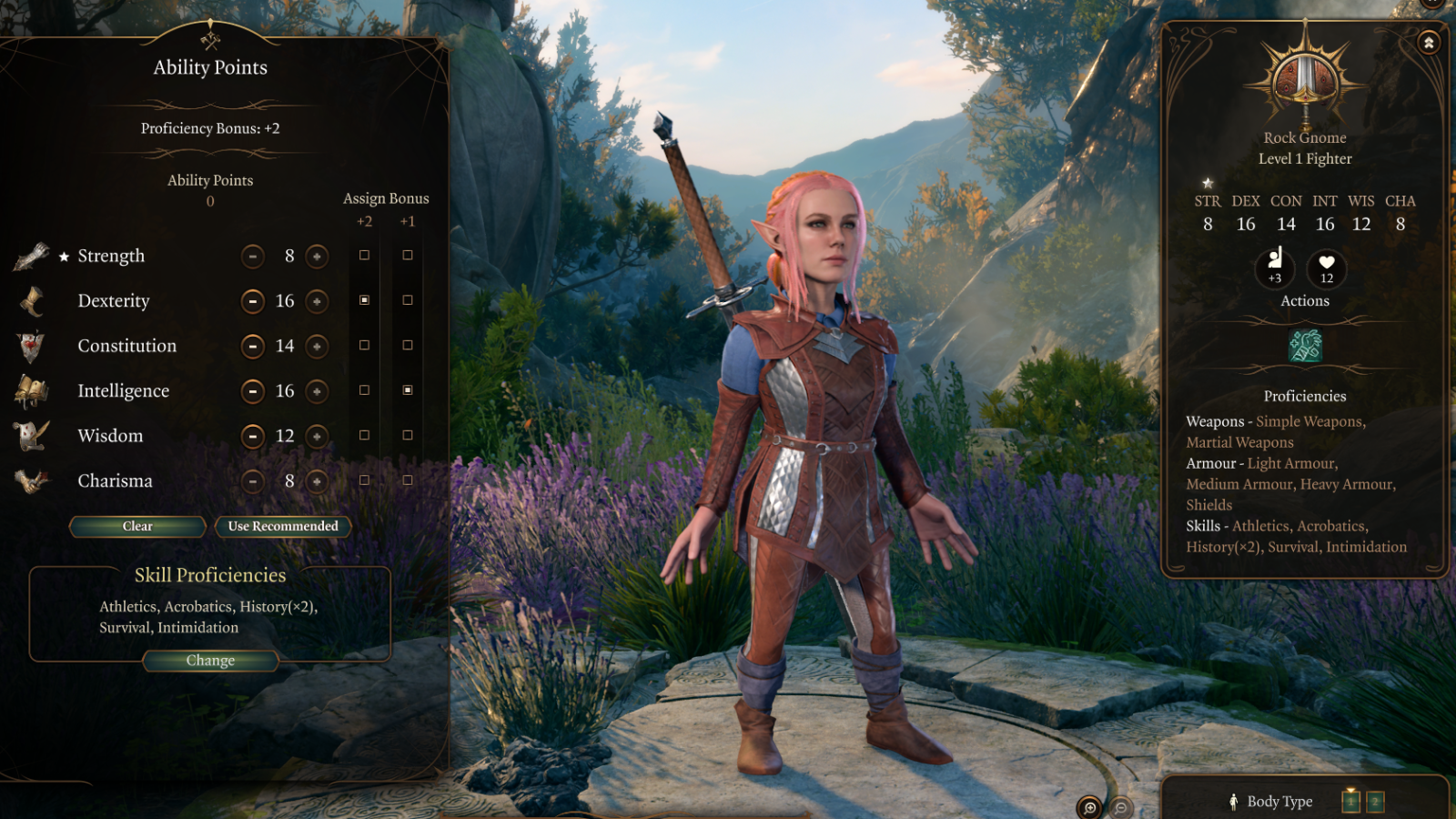
That’s quite a few different stat lines, eh? Let’s go over some of the thought processes behind them.
- A Fighter requires 16 in either Strength or Dexterity. Weapons that need Strength don’t need Dexterity, and weapons that need Dexterity don’t need Strength. However, if you don’t have a 16 in the stat that you use to kick an Illithid to death, you aren’t going to be as useful to your party.
- The game recommends a 17 in one of these stats. That isn’t too handy since it unnecessarily nerfs another stat to compensate. There are no feats in Baldur’s Gate 3 that give plus one to Strength or Dexterity and are worth losing a plus one in Constitution or even Wisdom. So, 16 gives you all of the benefits of 17 and lets you be more flexible in other stats.
- If your Fighter has a 16 in Strength, they might still need Dexterity. Long-ranged fights might go past the reach of a Javelin, and plus one Bows are more consistent. So, if you want to guarantee that you’ll be able to deal damage in a turn, having some Dexterity matters.
- That being said, if you’re okay with the risk of having to Dash during a turn or throw a Thrown weapon with disadvantage at times, Dexterity no longer matters. Heavy Armor ignores Dexterity to AC, meaning that DEX saves are all you use the stat for. And, while important, it might not be worth pumping.
- If your Fighter has a 16 in Dexterity, they no longer need Strength. Dexterity Fighters have Rapiers for melee and Longbows for ranged. They have passable AC with Medium Armor and a great saving throw. Strength-saving throws exist, but they’re rare. You can easily dump Strength to eight-10 without having to worry if you think other stats matter more. In our case, we value Wisdom quite a lot for Perception checks and Wisdom saving throws. A Fighter who wants to focus on Intimidate and Persuasion can put it to 14 if they really want to, but a Charisma-based spell caster or Rogue might fill that role more readily
Related: How to calculate Passive Perception in DnD 5E
- If you are an Eldritch Knight, you will want to invest in Intelligence. Whether you’re going pure EK or multiclassing into Wizard, spells are gigantic for a Fighter. Even something as pure and wholesome as Chromatic Orb can hit like a truck, but you need the accuracy for it. Even if you plan on spamming buffs, spells like Grease or Tasha’s Hideous Laughter shouldn’t be ignored, and having high Intelligence can let you ensure that your debuffs matter in melee encounters.
Others Asked
What choices does a player have when creating a character in Baldur's Gate 3?
Players can choose their character's race, class, subclass, abilities, proficiencies, and background when creating a character in Baldur's Gate 3.
What unique feature does Baldur's Gate 3 offer to its players?
Baldur's Gate 3 allows players to do practically anything and everything they want, including killing important characters in the game’s story.
What are some class changes suggested by players for different characters in Baldur's Gate 3?
Players suggested changing Astarion into a Bard, Karlach into a Monk or an Eldritch Knight, and Shadowheart into a Light Cleric.


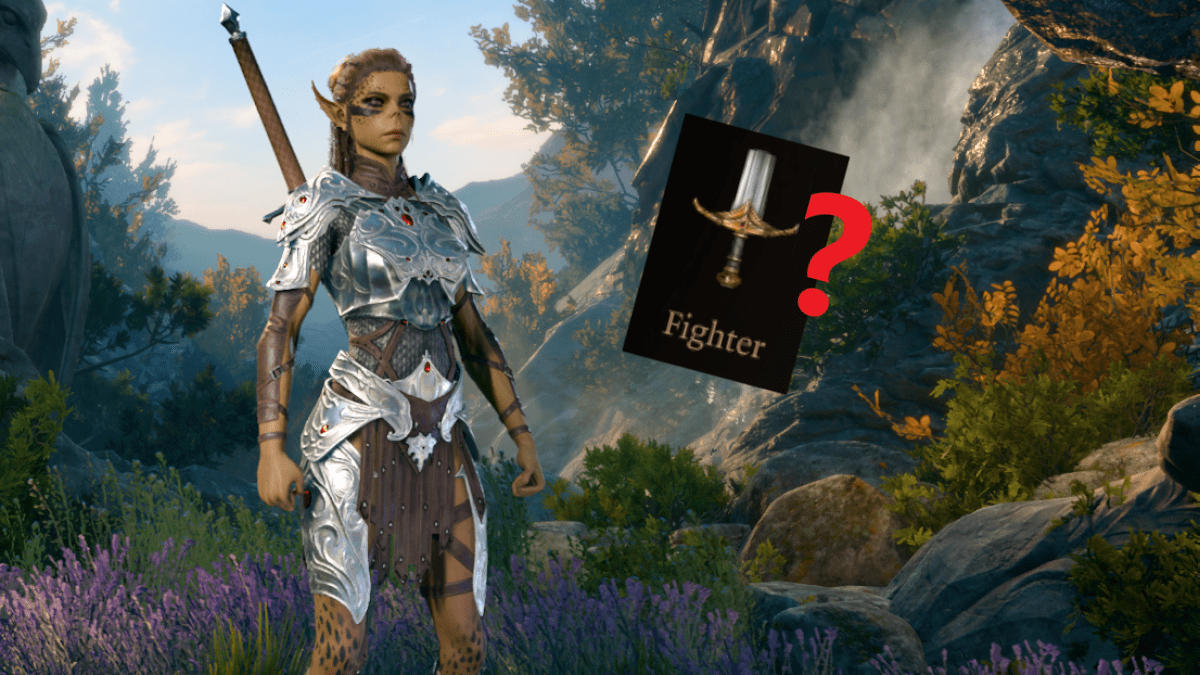
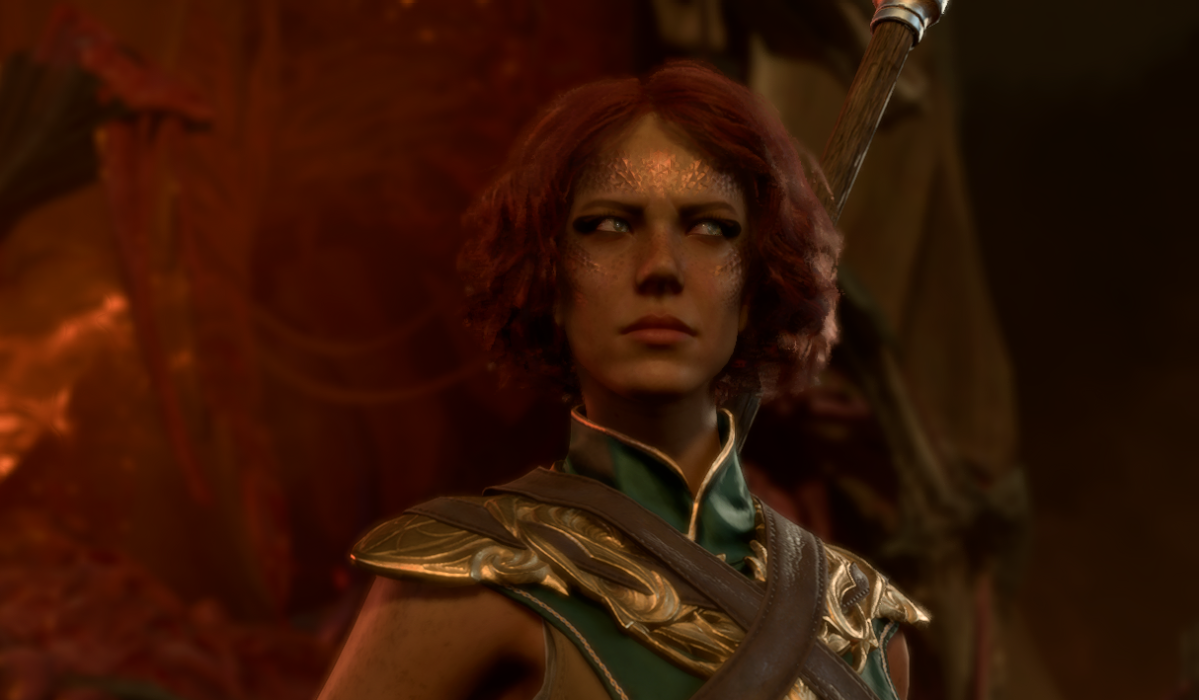
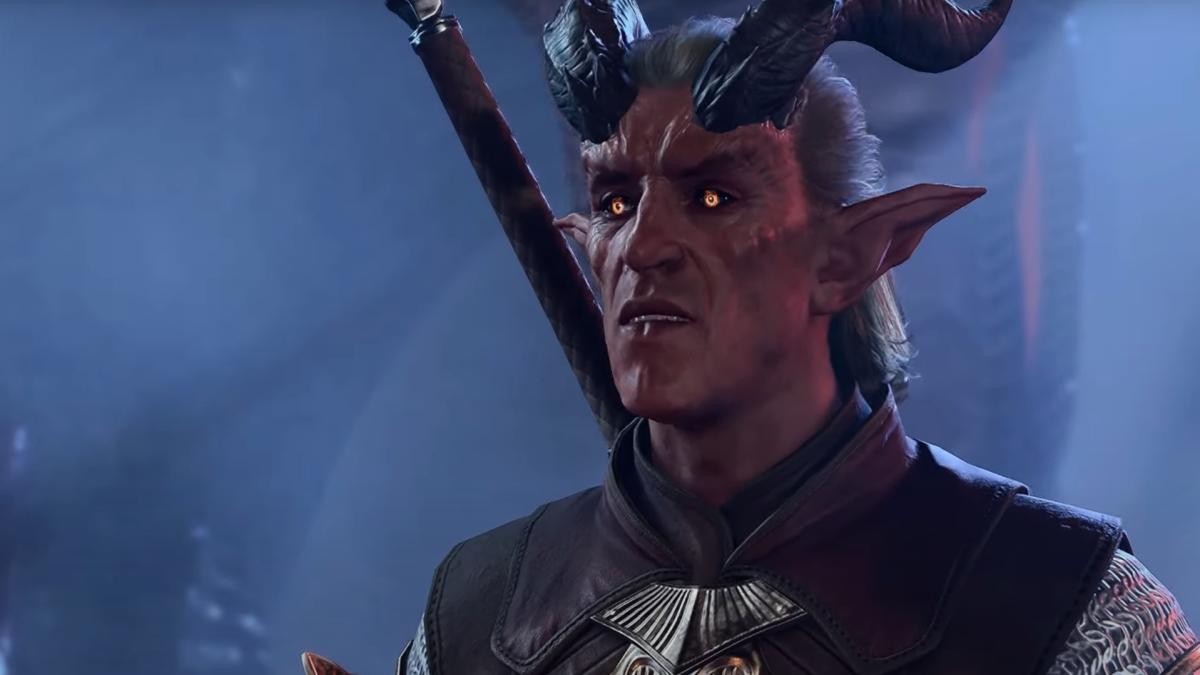
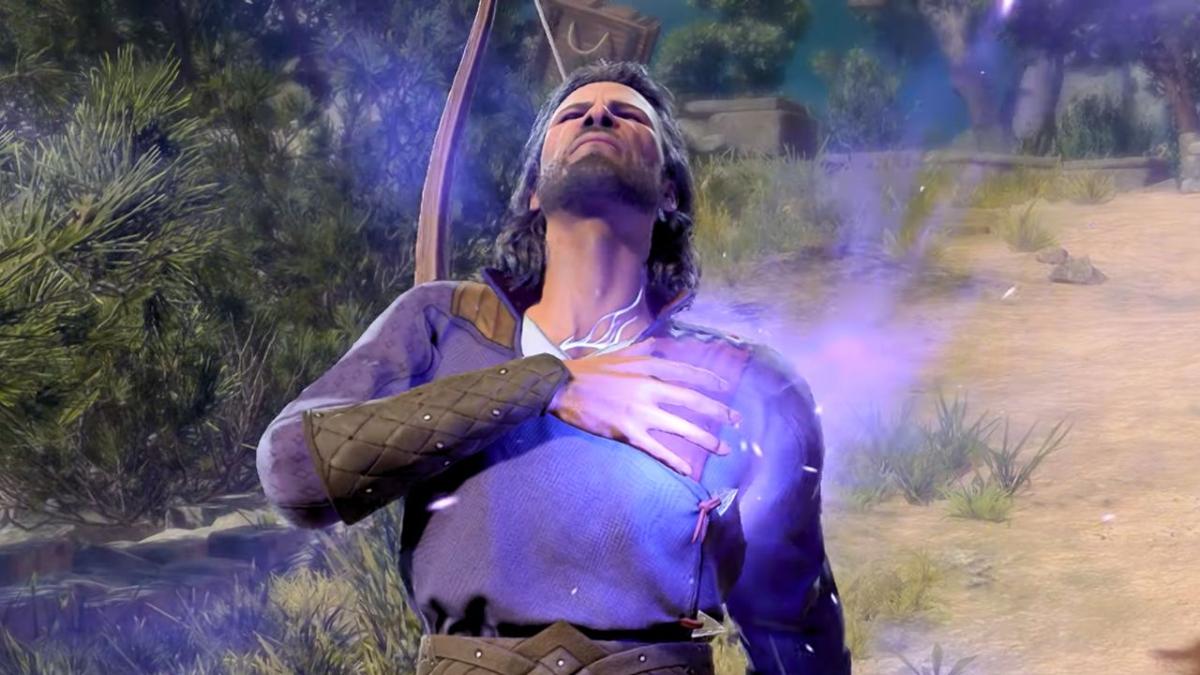
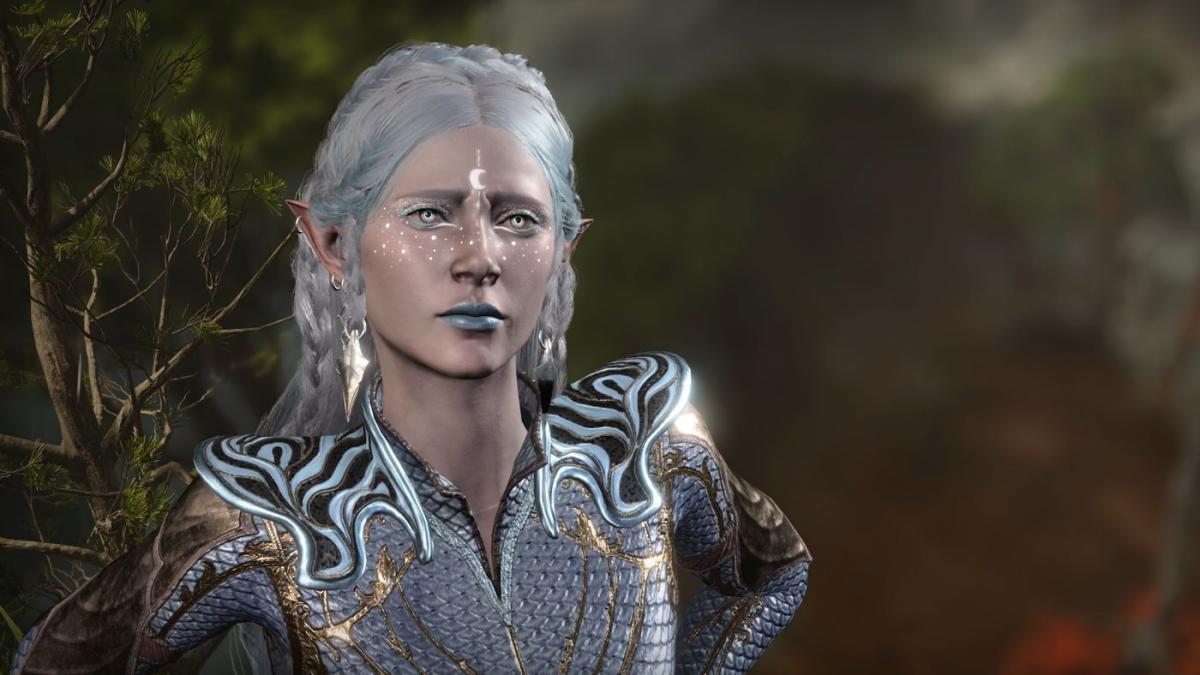


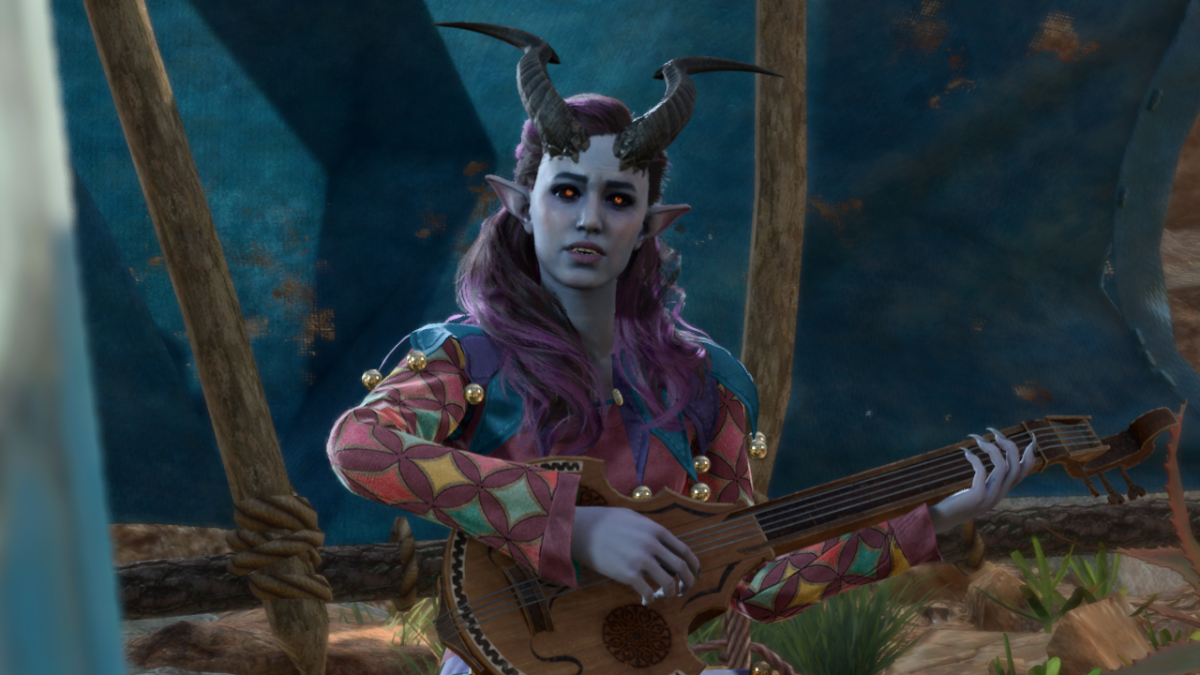
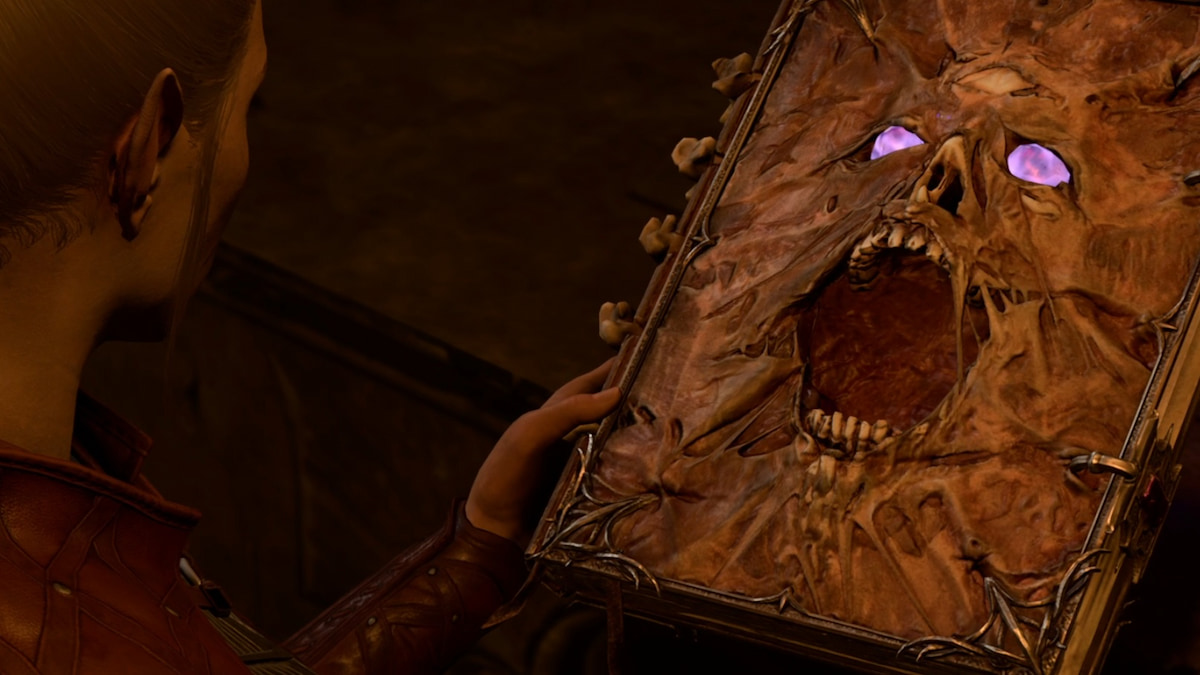
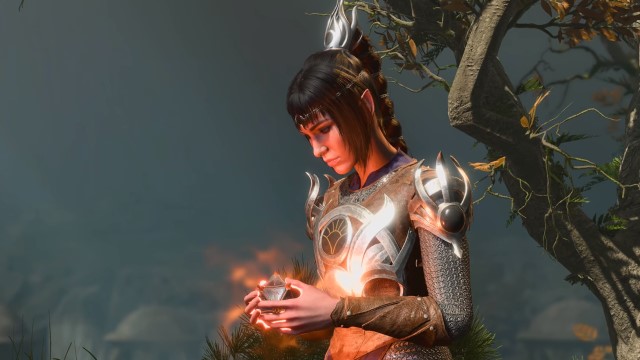
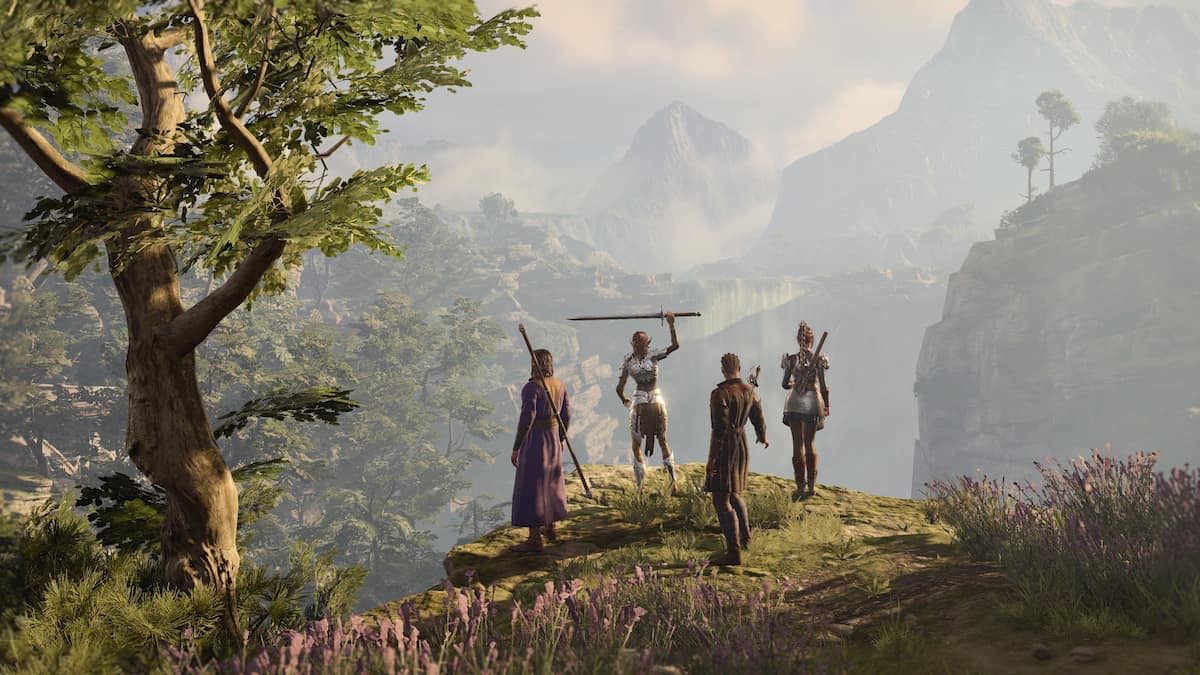
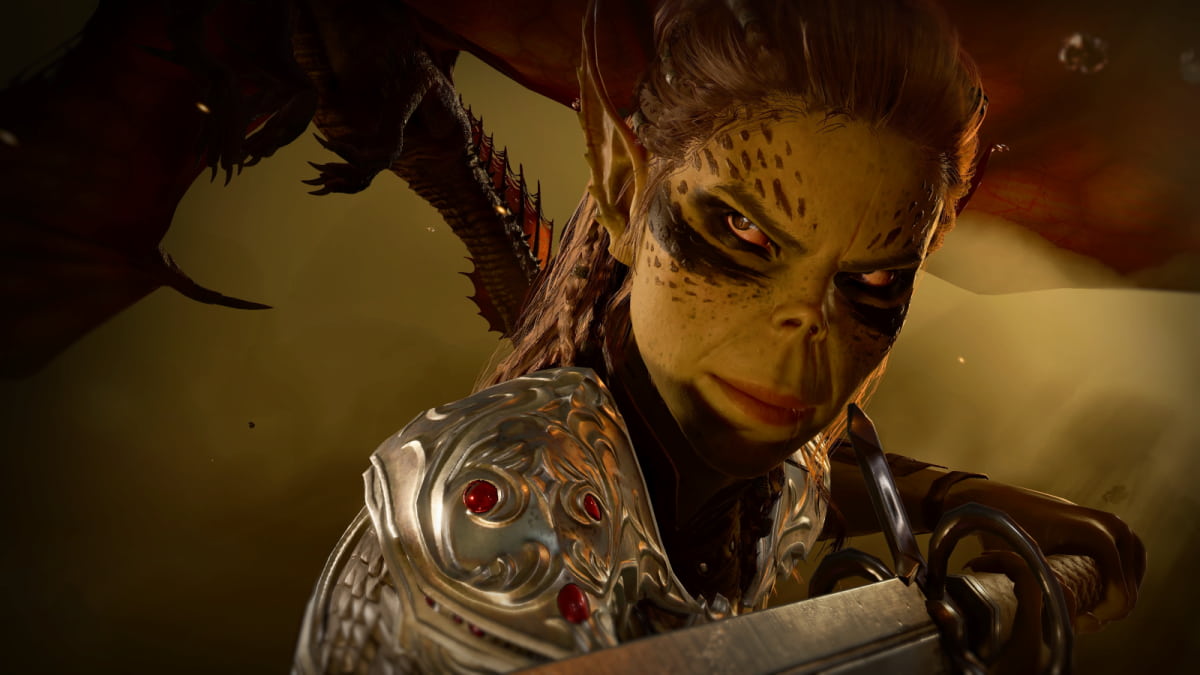
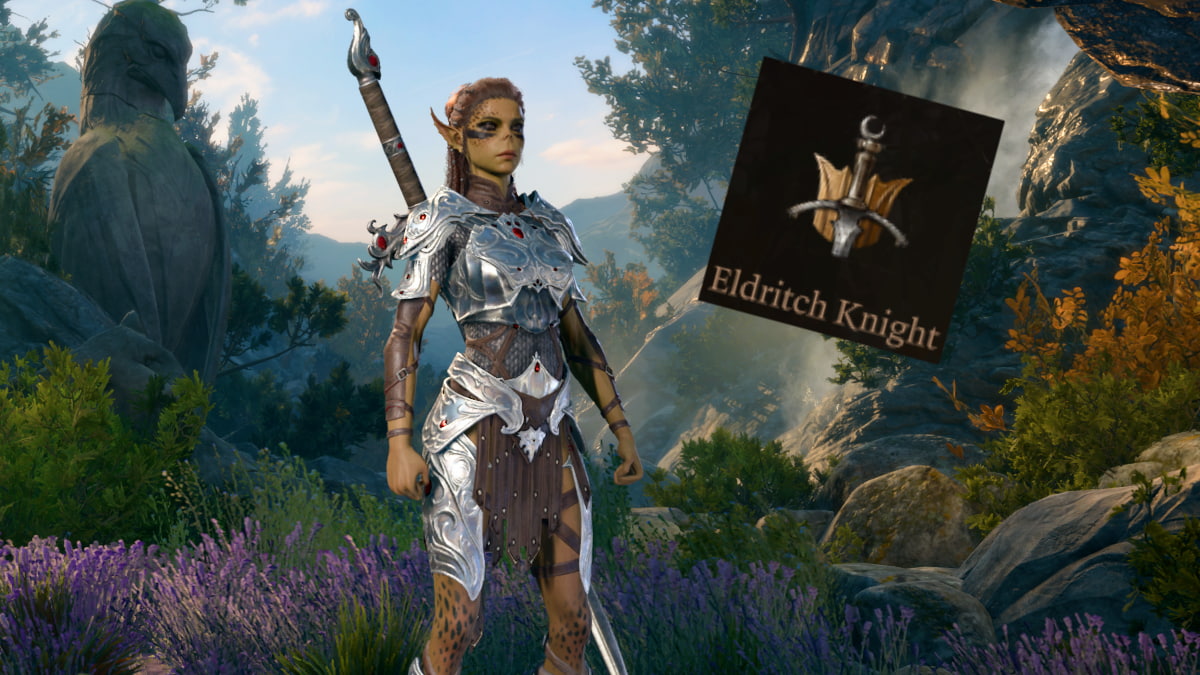
Published: Aug 5, 2023 09:10 pm